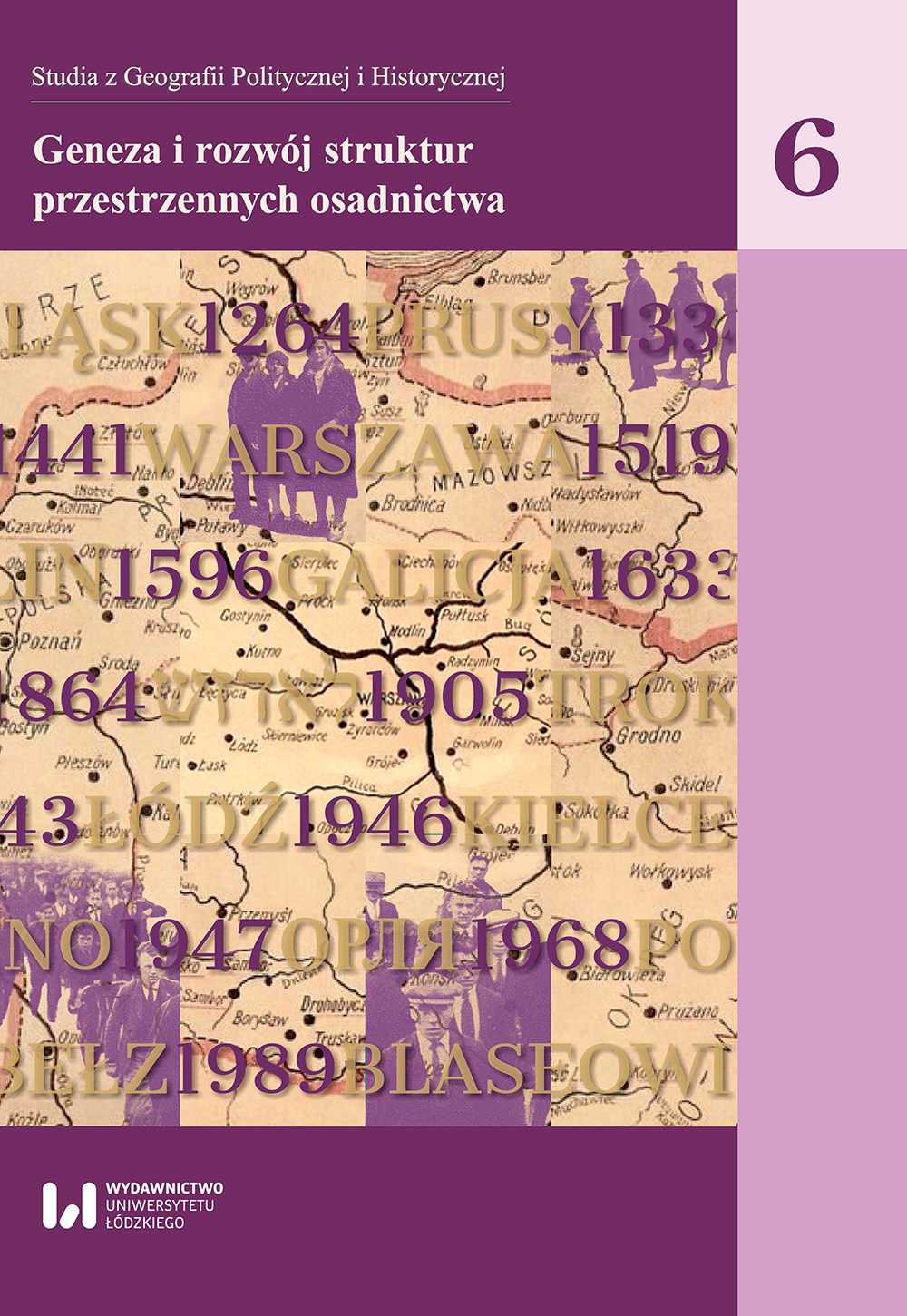Transformations of the cultural landscape of Donbas during the armed conflict 2015–2017
Transformations of the cultural landscape of Donbas during the armed conflict 2015–2017
Author(s): Roman Slyvka, Liubov Slyvka, Yaroslava AtamaniukSubject(s): Geography, Regional studies, Regional Geography, Historical Geography
Published by: Wydawnictwo Uniwersytetu Łódzkiego
Keywords: Donbas;cultural landscape;post-soviet city;military conflict;decomunisation;renaming;monument;policy of memory;krajobraz kulturowy;miasto post-sowieckie;konflikt militarny;dekomunizacja
Summary/Abstract: The main objective of the article – to show the different trajectories of the cultural landscape in controlled and uncontrolled parts of the war-torn Donbas. The cultural landscape of Ukraine significantly changed during the twentieth century. The main factors of these transformations were ideological, military and geopolitical. The sub-ordinate position of Ukraine within the USSR allowed communist leaders to enforce sovietisation of the cultural landscape. This policy was especially noticeable in the great industrial region of Donbas. Achievements of independence by Ukraine and democratization of country' public life have led to transformation/conservation of the cultural landscape, which corresponded with political culture of individual regions. The war in the Donbas has become a catalyst for the processes of creating different types of cultural landscape on the different sides of the contact line. The policy of creating a cultural landscape has become an instrument of political socialization and mobilization of the population. This process is not complete, and can contribute to the crystallization of new subregional identities on different parts of contemporary Donbas.Głównym celem artykułu jest pokazanie różnych trajektorii krajobrazu kulturowego w kontrolowanych i niekontrolowanych częściach rozdartego wojną Donbasu. Krajobraz kulturowy Ukrainy znacznie się zmienił w XX w. Główne czynniki tych przemian mają charakter ideologiczny, wojskowy i geopolityczny. Podporządkowana pozycja Ukrainy w ZSRR pozwoliła przywódcom komunistycznym na egzekwowanie sowietyzacji krajobrazu kulturowego. Polityka ta była szczególnie widoczna w wielkim przemysłowym regionie Donbasu. Osiągnięcia niepodległości przez Ukrainę i demokratyzacja życia publicznego w kraju doprowadziły do transformacji/zachowania krajobrazu kulturowego, który odpowiadał kulturze politycznej poszczególnych regionów. Wojna w Donbasie stała się katalizatorem procesów tworzenia różnych typów krajobrazu kulturowego po różnych stronach linii styczności. Polityka tworzenia krajobrazu kulturowego stała się narzędziem politycznej socjalizacji i mobilizacji ludności. Proces ten nie jest kompletny i może przyczynić się do krystalizacji nowych subregionalnych tożsamości w różnych częściach współczesnego Donbasu.
Journal: Studia z Geografii Politycznej i Historycznej
- Issue Year: 2017
- Issue No: 06
- Page Range: 305-326
- Page Count: 22
- Language: English

